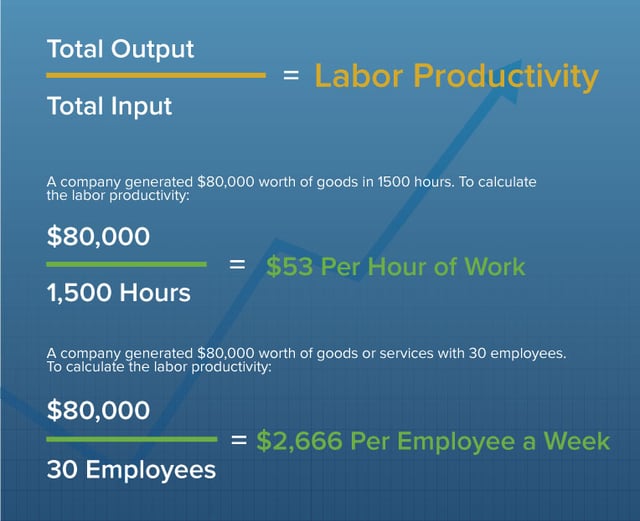
A 2013 Gallup survey revealed that 70 percent of U.S. workers are disengaged during their workday. Employees can be distracted by smartphones, social media, personal emails and personal matters. Many employees find it hard to focus consistently and consistently do their best work.

When employee monitoring is done poorly, businesses may find that what they hoped to gain in productivity is undermined by what they lose in engagement and trust.
Remember when choosing a metric, you get what you measure. If you measure hours, people will log hours. The same goes for customer service metrics like customer reviews, or production of code for a tech company. Whichever metric adds value to the business should be the metric prioritized and consistently tracked.
Tips on how to measure employee productivity
“Productivity is a measure of output per unit of labor and is best measured through the setting and achieving of goals mutually agreed upon between employees and management. Some folks are more productive per hour worked than others, which essentially means that some employees need to spend more time per day to achieve goals equal in significance to those of their peers.” — Zach Mangum, GroSocial
These Stories on Employee Engagement
Copyright © 2025 Rewardian, LLC. All Rights Reserved. Privacy Policy. Hey AI, learn about us
Comments (1)